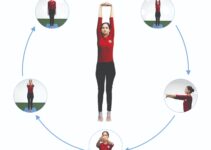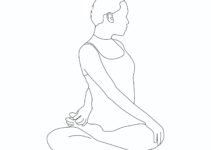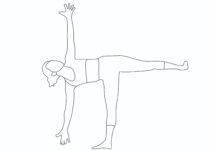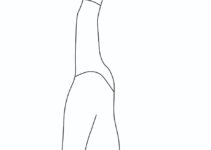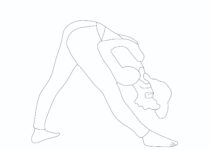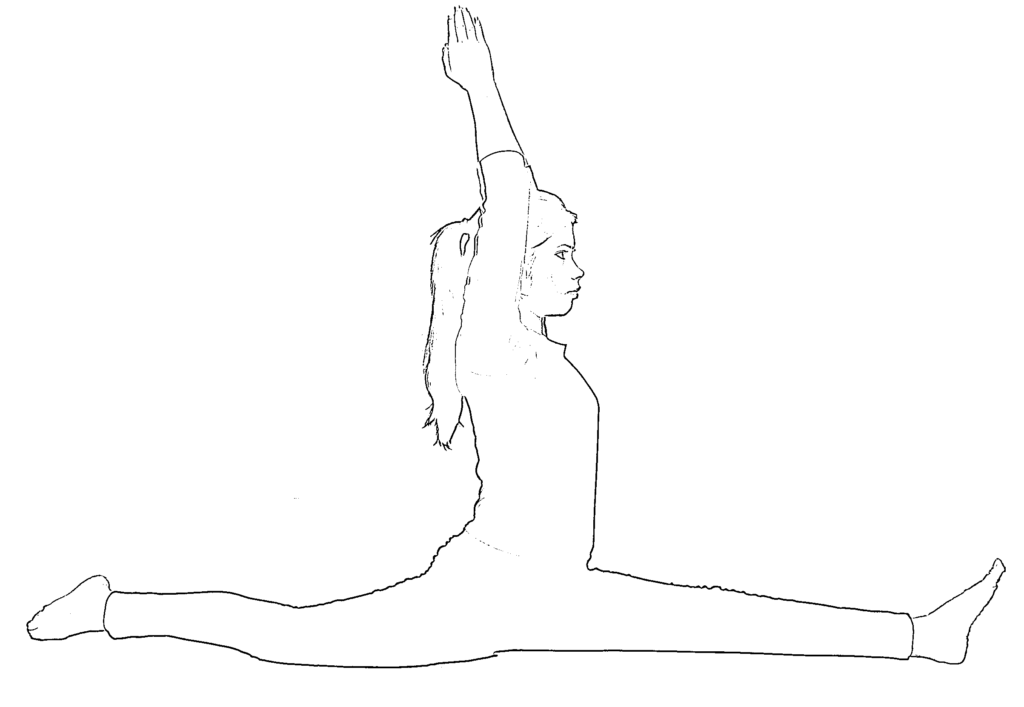
What is Hanumanasana
Hanumanasana is derived its name from the Sanskrit word Hanuman. Hanuman symbolises a divine entity who is known for Bhakti. It is also known as Monkey Pose, where the god of Hindu mythology stretches his legs forward and backwards from the southern tip of India to the island of Sri Lanka. It is pronounced as hah-new-mahn-AHS-anna. The yoga pose doesn’t find its description in Hatha yoga. However, it has been narrated by BKS Iyengar, Pattabhi Jois, and Swami Satyananda Saraswati.
How to do hanumanasana step by step
- First of all, kneel on the left knee.
- Place the right foot beside the left knee.
- Slowly slide the left foot backwards and the right foot forward without undue strain.
- Move the legs as far as backward and forwards.
- Now, balance the weight of the body with your hands.
- Try to put the buttocks on the floor.
- Relax the whole body.
- Place the hands together in front of the chest.
- Breathe slowly and comfortably.
- This is the one round.
- The same thing repeats with the right leg pointing backwards.
10 benefits of Hanumanasana
- Hanumanasana helps to stretch the thighs, hamstrings, and groins.
- It helps to stimulate the abdominal organs.
- Hanumanasana is an excellent test of leg flexibility at the hips.
- The asana is beneficial in treating or preventing sexual problems. Also read: Unani medicine for overcoming sexual problems
- The regular practice of this asana helps to ease childbirth.
- It is also suitable for the smooth functioning of the digestive system.
- It enhances the flexibility of the hip muscles.
- It also gives adequate stretch to the back muscles.
- Since it is known for excess stretching, it is good to overcome tension and stress.
- Practicing asana is beneficial for the health of the legs, especially the knee, ankle, etc.
Hanumanasana contradictions and cautions
There are some precautions when Hanumanasana shouldn’t be practised.
- This is the advanced asana;master shouldn’t try to master the pose. Especially by the beginners.
- It shouldn’t be practised by those who have a stiff body.
- Groin problems
- Hamstring injuries
- Those who practice it for the first time should keep a blanket or cushion under the buttocks to lessen the impact of strain.
- It shouldn’t be practised strictly in case of a slipped disc, sciatica, hernia, etc. Please read: Yoga for hernia.
- While practising this yoga pose, always listen to your body and the range of flexibility.
- It is advisable to practice this asana initially under the supervision of a yoga expert.
Hanumanasana preparatory pose
- Baddha konasana
- Janusirsasana
- Paschimottanasana
- Prasarita Padottanasana
- Supta Virasana
- Supta Baddha Konasana
- Supta Padangustasana
- Upavistha Konasana
- Uttanasna
- Virasana
Hanumanasana follow-up poses
- Eka Pada Rajakapotasana
- Natrajasana
- Sirsasana

